Reviews
John Newland
USA, 1973
Credits
Review by Thomas Scalzo
Posted on 11 October 2010
Source Warner Bros. DVD-R
Related articles
Made-for-TV
Dying Room Only
Categories 31 Days of Horror VII
An oft-overlooked cinematic category, the made-for-television fright film subgenre that flourished in the 1970s contains some wonderful examples of creative, subtly crafted horror. Though many of these pictures were shot in 35mm, they rarely had the budget, or extended shooting schedule, of a theatrical studio film. Additionally, the strictures placed on such films by the FCC compelled writers and directors of made-for-television horror to focus their energies on character and mood, rather than relying on visceral exploitation. These unique creative circumstances resulted in several films that warrant a second look. Each Monday this month we’ll explore a memorable offering from the golden age of the horror telefilm.
Fade in. A cat’s eye. A long shot of a house. A slow crawl up the side of a lamppost. The wind is blowing, the trees are swaying. The camera creeps closer, details of the house become better defined though the shadows of the trees. A growling, hissing whispering begins. “When will we be free?” an unnerving voice asks. “Soon,” is the reply. Fade out.
Without a drop of blood, a startling scare chord, or even a glimpse of a human being does the tale thus begin. On the one hand, this bare bones opening sequence reminds us that we are watching a made-for-TV film, the reliance on voice over and the filming of inanimate objects suggesting that the production had a modicum of materials with which to work. Yet the canny application of these resources - in particular the sinister disembodied voices, a soundtrack saturated with discordant drones, and a camera that stares unblinking into the shadows - creates a tangible aura of fear and instills every dark corner with the potential for menace.
Eerie mood and isolated-house setting thus established, we meet our main player and jump into the story. Sally, a mousy newlywed, has inherited the old house from her grandparents. Though her husband Alex would prefer she spend her time fixing up the place for a big dinner party he’s throwing, Sally can’t keep her mind on anything but her grandfather’s sunken study - a tiny, dank room several feet lower than the main floor. Particularly alluring is the bricked-up fireplace. When she asks the ancient handyman, Mr. Harris, about it, she’s advised to leave well enough alone. “Some things are better left as they are,” the old man opines, repeating the phrase several times in an effort to get his point across. Grudgingly, Sally agrees.
However, as soon as Mr. Harris leaves, Sally takes up a hammer and begins smacking at the bricks. Quickly realizing the fruitlessness of the endeavor, she tries a different approach, prying open the sealed ash door with a screwdriver. After a few minutes of struggle, the door swings free, and Sally eagerly peers inside. At first, she sees nothing, the chimney a pitch-black chasm. But as she looks, an eerie green light begins to rise from the depths. Called away by Alex, Sally reluctantly leaves the room, but the ash door remains unsealed. As night falls, the camera leaves Alex and Sally preparing for bed and returns to the door of the study. The green light has returned, spilling out from beneath the door. And the horrible whispering has begun again. “We’re free!” the voices say. “We’re free!”
Variously described as murderous mini-demons and evil fireplace gnomes, the memorable creatures that live in the chimney are essentially shrunken heads perched atop diminutive bodies. They are so tiny that they can hide behind houseplants, yet so ferociously evil that once they have set their sights on Sally, they devote every ounce of their energy to tormenting her. Contenting themselves to simple scares at first, the creatures quickly move on to increasingly intrusive and violent actions. Every time Sally thinks she’s found a moment of quiet, the creatures make an appearance, always reminding her that they are there, watching, and waiting. That no one else can see them, and that no one believes her that they exist, ensures that every ounce of terror the film generates falls squarely on Sally.
As the tension builds, and the demons become bolder in their quest to capture their prey, it’s easy to get caught up in wondering if they will get to Sally, and lose sight of the question of why they want her in the first place. At first blush, the woman seems little more than decoration, a serviceable figure meant only to endure the torments of the fireplace gnomes. But a closer examination of the things she says and does, and what is said and done to her, reveals a more complex character. For example, we have the disturbing fact that the demons want her. Specifically her. They make no bones about this fact. They have been waiting for Sally to set them free. And they have been waiting to possess her. Hints are offered to explain exactly why they want her, but whatever the reasons behind their actions, the terrifying truth is that the demons have deliberately chosen their intended victim, and they have chosen Sally.
Adding to Sally’s inscrutability is the fact that, when we think more deeply on the matter, we come to believe that on some unconscious level Sally wants to be targeted. Even though she does her best to keep her sanity and fight off the monsters, there is an undoubted connection between Sally and the evil room that houses the creatures. She is drawn to it almost from the first moment we meet her. “I’ve always dreamed of having a room like this,” she exclaims after managing to find the key. And it’s only a matter of hours before she’s actively prying open the ash door of the fireplace to see what’s inside. She simply feels a connection, both to the house, the room, and the fireplace. Though it scares her, she cannot resist it.
This creepy circumstance is enhanced when we consider the subservient role to which she has been relegated. Without a career of her own, her role in life is that of a dutiful housewife. And though she attempts to inhabit this role with a smile on her face, hints dropped throughout the film show us that she is not happy with her lot. She needs something more. Submission to the demons may well mean her destruction, but at least it is a scenario in which she is the central figure. If Sally’s subconscious truly does wish for her own demise, the fireplace demons are more than happy to accommodate her.
The surprisingly dark nature of Sally’s character, coupled with the film’s breakneck pacing, terrifying march toward an inextricable fate, and hideously memorable monsters, instill this old-fashioned haunted house tale with a gritty, terrifying realism. That such unexpected horrors unfold within a wonderful panorama of ominous shadows and unsettling sound effects explain why this engrossing film is one of the most fondly remembered made-for-TV horror movies ever made.
More 31 Days of Horror VII
-

The Thin Blue Line
1988 -

The Ninth Configuration
1980 -
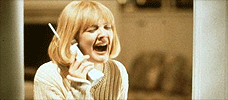
Scream
1996 -
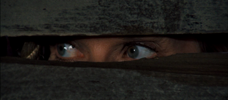
Dying Room Only
1973 -

Brain Dead
1990 -
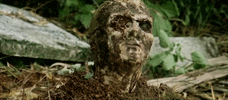
Zombi 2
1979 -
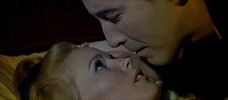
Dracula Has Risen from the Grave
1968 -

The Storyteller
1988-1989 -
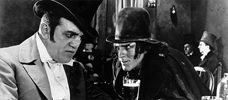
Dr. Jekyll and Mr. Hyde
1920 -
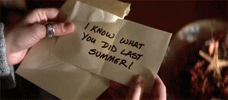
I Know What You Did Last Summer
1997 -
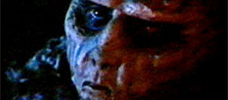
Don’t Be Afraid of the Dark
1973 -
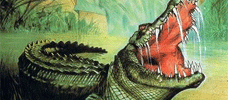
Dark Age
1987 -
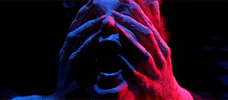
Inferno
1980 -
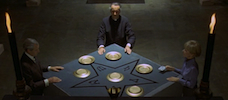
To the Devil a Daughter
UK / West Germany -
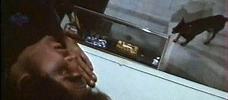
Trapped
1973 -
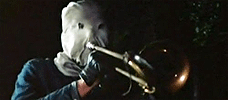
The Town that Dreaded Sundown
1976 -
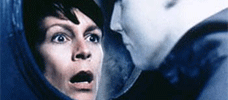
Halloween H20: Twenty Years Later
1998 -

Killdozer
1973 -
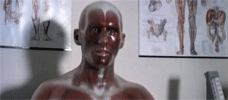
Pin
1989 -
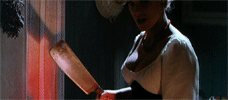
Frankenstein Created Woman
1967 -
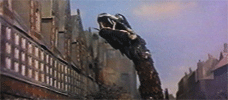
Reptilicus
1961 -
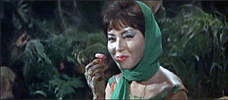
Matango
1963 -

I Still Know What You Did Last Summer
1998 -
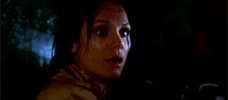
Night Terror
1977 -
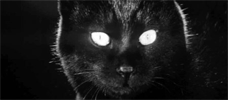
Kuroneko
1968 -

Demons
1985 -
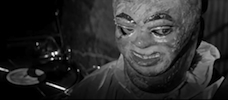
Paranoiac
1963 -
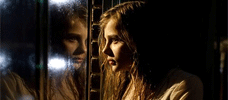
Let Me In
2010 -
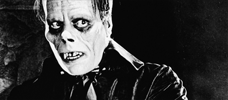
The Phantom of the Opera
1925
We don’t do comments anymore, but you may contact us here or find us on Twitter or Facebook.



